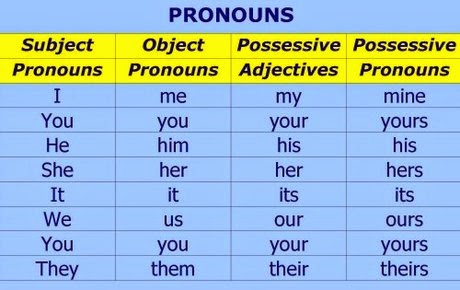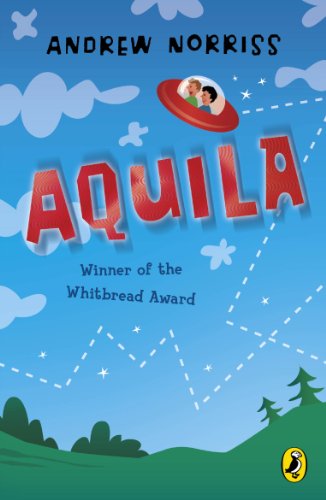English
Beowolf by Michael Morpurgo
Ask your amazing children about our class book...
This novel follows the heoric adventures of the warrior, Beowolf, and his great battle with a terrifying monster. The children enjoyed learning the story of the Legend of Gelert and listening to the Monster Slayer- Beowulf.



We have talked about the characters in the story. The children have used descriptive language to describe the characters appearance’s, their emotions and the settings.
Magazines
We shall be looking at identifying and describing key features of magazines, e.g. title, picture, introduction.

Do any of the children buy magazines? What type of magazines do they have? Are they linked with their hobbies and interests? What kind of information do the magazines provide? Have they seen any examples of the different non-fiction text types in these magazines?
Grammar
PRONOUNS -
The children have been finding and highlighting pronouns in a piece of text.

ED Sentence Starters
The children have been creating and punctuating complex sentences using 'ed' opening clauses.
Here are some examples below:
Determined to succeed, Year Five tried their best.
Excited by the thought of the holidays, the teachers called at the travel agents on the way home.
Drenched by the down pour, Mary pulled out the umbrella.
Confused by what she saw, Lisa turned and ran.
Fronted adverbials
A fronted adverbial is when the adverbial word or phrase is moved to the front of the sentence, before the verb.
For example:
"Earlier today, I discovered fronted adverbials."
In this sentence, the phrase 'earlier today' is a fronted adverbial.
Watch this BBC bitesize video: https://www.bbc.co.uk/bitesize/topics/zwwp8mn/articles/zp937p3
Carries War

Here is a brief summary of the book, Carries War, as sampled from the website 'BBC Bitesize KS2':
Carrie and her younger brother Nick are evacuated to Wales to spend the war years with the dour Mr Evans and his sister 'Auntie' Lou. Carrie and Nick spend much of their time at Druid's Bottom - a mysterious house where Hepzibah, the housekeeper, tells them strange stories about skulls and curses. Carrie and Nick settle into their new lives...and then Carrie does something she’ll regret for years to come.
More information can be found at, English KS2: Carrie's War by Nina Bawden - BBC Teach, if you wish to learn more.
Jabberwocky

The website 'Jabberwocky Summary - eNotes.com' summarises the poem as:
The "Jabberwocky" is a poem by Lewis Caroll in which the speaker warns his son about the fantastical Jabberwock, which the son defeats using his "vorpal" blade. In the first stanza, the speaker tells his son to be wary of the Jabberwock, a fantastical beast that speaks in nonsensical language.

What is a poetry? Poems and poetry is a type of literature that aims to evoke an emotional response in the reader through language chosen and arranged for its meaning, sound, and rhythm. There are five defining characteristics of a poem, which include meter, rhyme, sound, rhythm and form.


Today, the children's task was to write a pursuasive letter about which book they want to read first and why.
This term we have bee looking at Hugo.
The children have been re-writing their own version of Hugo Cabret.
 Reedley Primary School
Reedley Primary School

